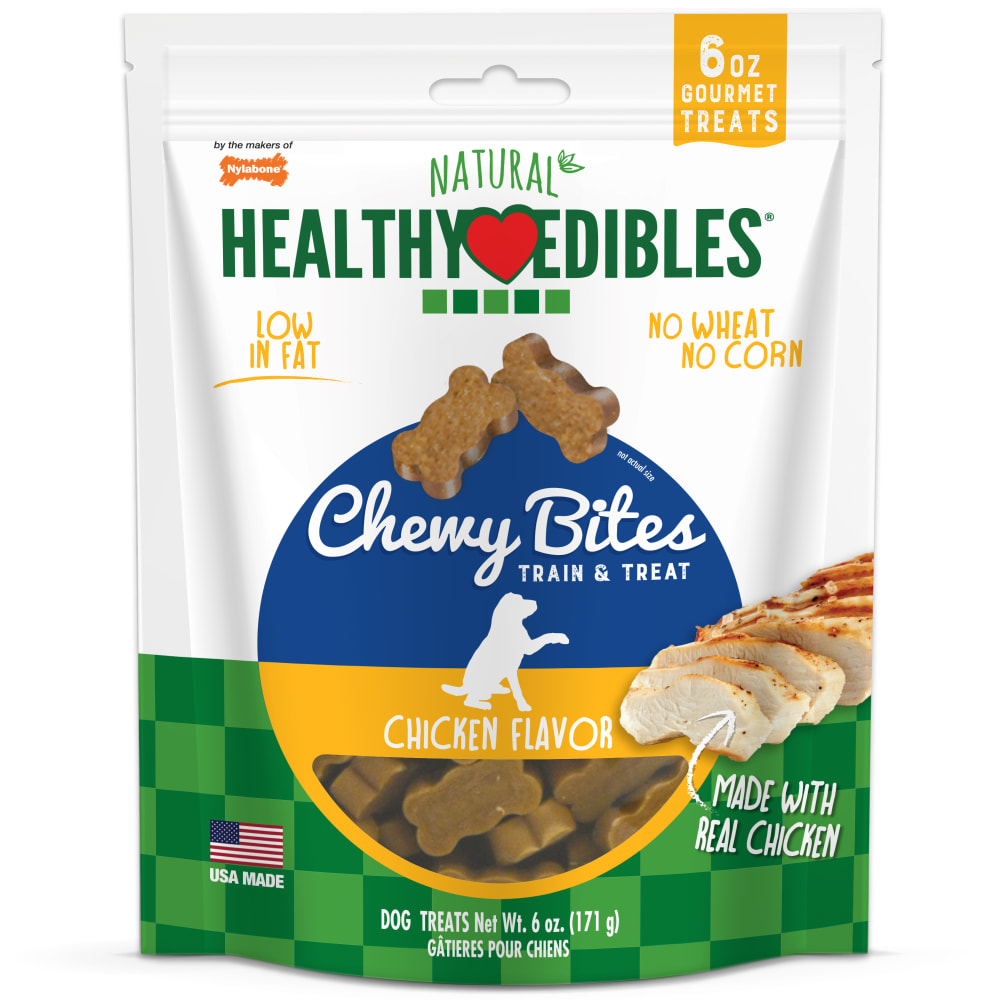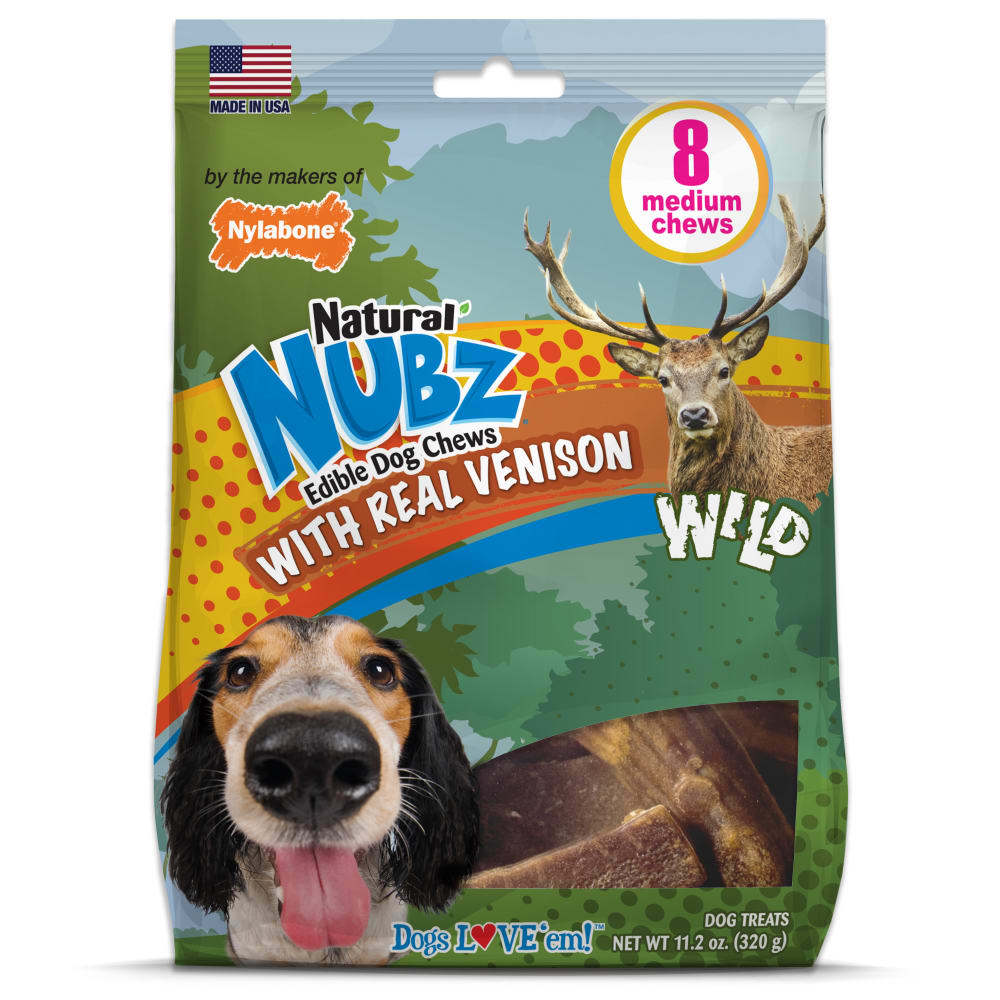Do Dogs Have Taste Buds? 7 Flavor Facts
Most furry friends aren't picky when it comes to food. Whether you're filling your dog's bowl with kibble, giving them a lick of some plain yogurt, or rewarding them with a natural animal chew, just about any flavor you offer seems to capture their attention. This may have you wondering: Do dogs have taste buds?
Yes, dogs do have taste buds and can enjoy a variety of delicious flavors! Their sense of taste is quite different from our own, and once you understand it, you can unlock a world of tasty new combos your pup will love. Discover amazing facts about your dog's sense of taste and which foods are most likely to get their tail wagging!
Fact #1: Dogs Can Taste Flavor in Water

If you had to explain the taste of water, how would you describe it? While it has no apparent flavor to us, dogs have a special set of taste buds just for water. These unique receptors are at the tip of their tongue and give plain ol' H2O a flavor all its own. Although it is not clear what exactly water tastes like to dogs, it's believed their water-specific taste buds become more sensitive after eating meaty foods, according to Animal Wellness Magazine. That's all the more reason to keep your pup's water bowl full after giving them a yummy dog treat!
Fact #2: Humans Have About 5x More Taste Buds Than Dogs
There are about 1,700 dog taste buds on the average canine's tongue, compared to around 9,000 taste buds on a human's tongue. While dogs' sense of taste is not as defined as our own, they can still experience all five of the main taste categories: sweet, salty, sour, bitter, and savory. That's a unique distinction from our furry friends' sense of sight, as dogs can see color only on a limited spectrum. Pups do have us beat when it comes to smelling though; their noses are about 50 times stronger than human noses at picking up scent, according to Reader's Digest!
🐶 Related: Do Dogs Eat Grass? 5 Reasons Explained
Fact #3: Dogs Can Taste by Smelling

Dogs' taste buds aren't the only body parts that let them experience flavor. Furry friends also use their nose and a special scent organ located on their palate to interpret how something will taste. Because dogs' sense of smell is so powerful, pups can typically identify if something will be safe to eat by giving it a whiff. This dependence on smell also explains why dogs tend to enjoy strong-scented foods; the more intense the smell, the more appealing it may be!
Fact #4: Dogs Don't Crave Salt
If your pup enjoys foods like chicken and beef, it's not necessarily because of their salty flavors. Your pooch's love for meaty foods is likely linked to their carnivorous history rather than a hankering for salt. Primal instincts play a role in dogs' lack of salt sensitivity, as their ancestors ate meats that were high in sodium. Because these foods were a regular part of these animals' diets and eaten in sufficient quantities, dogs never developed a craving for salt, according to Care.com. Dogs can taste salt, although it is very muted compared to how you might experience a zesty snack.
Fact #5: Many Furry Friends Have a Sweet Tooth

Dogs may not be the biggest salt fans, but their love for sweet flavors is much more relatable. Because pups are omnivorous creatures, the wide range of foods they can eat may explain their enjoyment of sweet-tasting foods, according to Schwarzman Animal Medical Center. Feel free to reward your pup with dog treats made with apple flavor to satisfy their sweet tooth!
RELATED: Choosing the Right Food for Your Dog
Fact #6: Spicy and Sour Foods Are a No-Go
Although every dog has a unique sense of taste, most dogs agree that spicy and sour are not wag-worthy flavors. They are associated with unsafe foods in the wild—such as a bad piece of fruit or a potentially toxic plant—and as a result, dogs are hardwired to avoid these kinds of flavors. Plus, many spicy foods simply taste unpleasant and can cause uncomfortable side effects including gastrointestinal distress, excessive thirst, and of course, that tingling mouth sensation we've all experienced. It's best to avoid feeding your dog sour or spicy foods and instead opt for sweet or savory flavors.
Fact #7: Dogs Can Enjoy a Variety of Healthy Human Foods

Dogs may not have the most sophisticated taste buds, but they appreciate top-quality meals and snacks just the same. Many fruits and vegetables such as pumpkins, apples, peaches, carrots, green beans, and sweet potatoes are delicious and nutritious treats—and dogs love their natural flavors! Just make sure you avoid seasoned varieties and remove any seeds or pits before serving your dog. Plain chicken, turkey, and lean beef also make enticing choices for those days you want to reward your best friend with an extra-special treat.
Satisfy Your Bud's Taste Buds!
Now that you know dogs have taste buds and an affinity for certain kinds of foods, you can confidently please your pooch's palate. Their superb sense of smell is sure to make any lip-smacking aroma even more delightful, and you can even consider preparing some home-cooked dog meals to really excite their nose and tongue!
Peanut butter is an iconic human snack, but can our furry friends enjoy it too? Find out whether dogs can eat peanut butter.
FOLLOW US!






